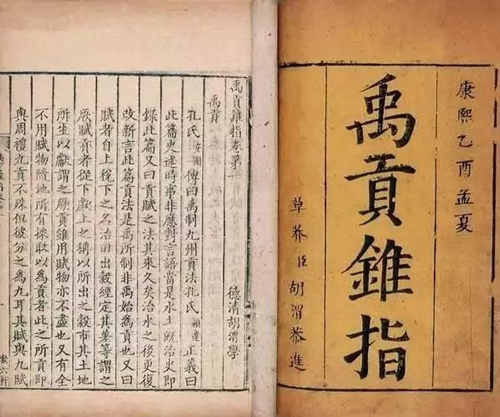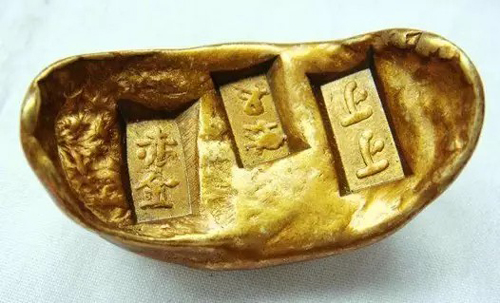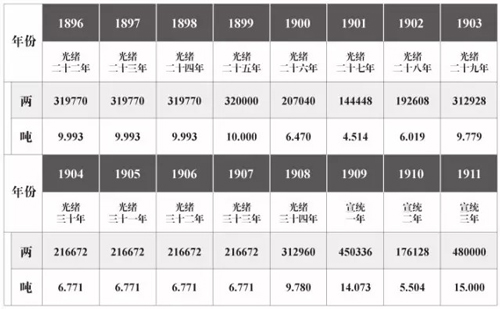"The golden history of the Chinese nation has a long history and is one of the first people in the world to discover and use gold. Sima Qian has recorded in the "Historical Records Food and Food": "In the middle of the summer, gold is three products, or yellow, or white. Or red; or cloth, or knife, or turtle, shellfish. "It can be seen that in the Xia Dynasty in the late 22nd century BC, the ancestors used gold as their currency." In the ancient book "Shangshu·Yonggong", there are records of "Yugong feather tooth leather only gold three products." According to research, Jin Sanpin refers to gold, silver, and copper, indicating that in the legendary period of shackles, ancestors have used gold as a tribute.

These records show that the Chinese nation used gold more than 4,000 years ago, but found that it was earlier than use, and the initial use was earlier than written records. Therefore, the history of the Chinese nation’s discovery and use of gold can be traced back to the millennium to 5,000 years ago. It has almost the same history as the civilization of the Chinese nation.
China is a model of human farming natural economic system. In the historical period dominated by the global farming economy, China's politics is the most stable and the economy is the most developed. Therefore, China's farming economy has lasted for thousands of years. The farming economy is a self-sufficient economy. The agriculture and mulberry-based, rice-and-grass is the basic national policy of farming and natural economy. Light industry and commerce, prohibiting mining, severely inhibiting China's gold production, and thus most of the history of our country. In the dynasty, the output of gold was only 20,000 to 30,000 per year (small two: one jin is 16 two).

The long history of gold production of the Chinese nation is not equal to the developed gold productivity. In the end of the Qing Dynasty, when China’s national power was most declining, China’s gold production left a flash of light.
The Qing Dynasty was the last feudal dynasty in the history of our country. In the last years, the national strength was weak, and the nationals were poor. They became the targets of the global powers, and they were colonized and semi-colonial. At the end of the Qing Dynasty, there was no economic goodness, but gold production showed a bright color in the boring.
During the period from the end of the 19th century to the beginning of the 20th century, the gold production of the Qing Dynasty showed a climax of development, creating a peak of production that has not been surpassed for decades (see table below).

In the early Qing Dynasty, due to the ban on gold mining, the annual gold output was only about 5,000. In the previous Yuan and Ming dynasties, the annual gold output was only about 10,000, but the annual average output of the 16 years of gold in the late Qing Dynasty was as high as 280,000. Compared with the Qing Dynasty, it has increased by more than 50 times; in 1911, the output reached 480,000, a record high.
Although this peak has increased the record of the Chinese nation's gold production by dozens of times, it has not formed a continuous mountain range, but only a sudden and lonely mountain.
During the peak period of China's gold production, it was also the period of global gold mining industry: from the end of the 15th century to the end of the 16th century, a total of only 750 tons of gold was produced, and in the second half of the 19th century, 10,000 tons were produced. Gold, and thus the 100 years of the 19th century, gold production exceeded the previous 5,000 years of production.
In the last 10 years of the 1840s and 1850s in the first half of the 19th century, the French scholar Bournoir studied that the global average annual gold production during this period was only 5.475 tons, while in the latter half of the year, gold production reached 195 tons. In the "Golden New World", Timothy Green, the consultant of the original gold market annual report of London-based Jintian Company, explained that in 1847, global gold production was 77 tons, and by 1852 it reached 280 tons.
Fleece Blankets,Fleece Throw Blanket,Plush Blankets,Sherpa Fleece Blanket
Nantong Yawen Textile CO., LTD , https://www.ntywtextile.com